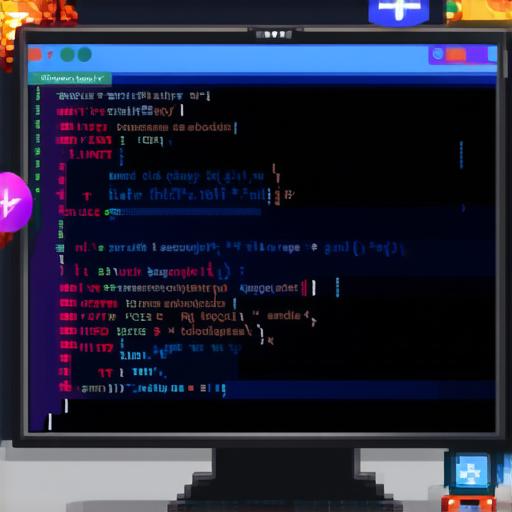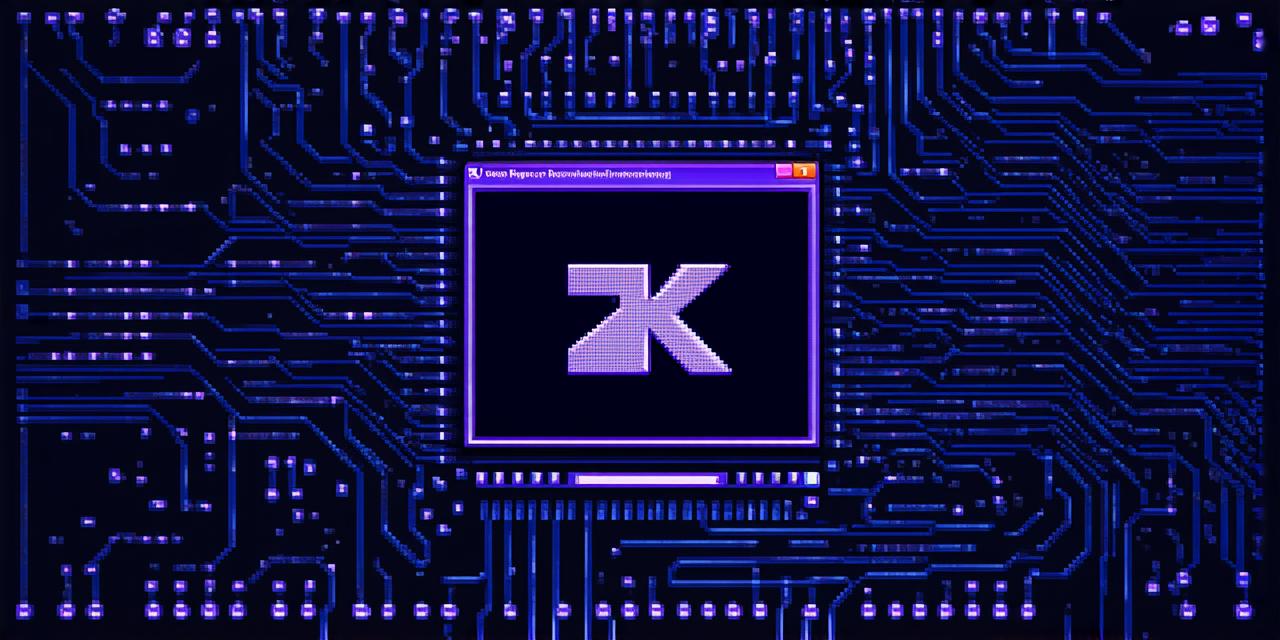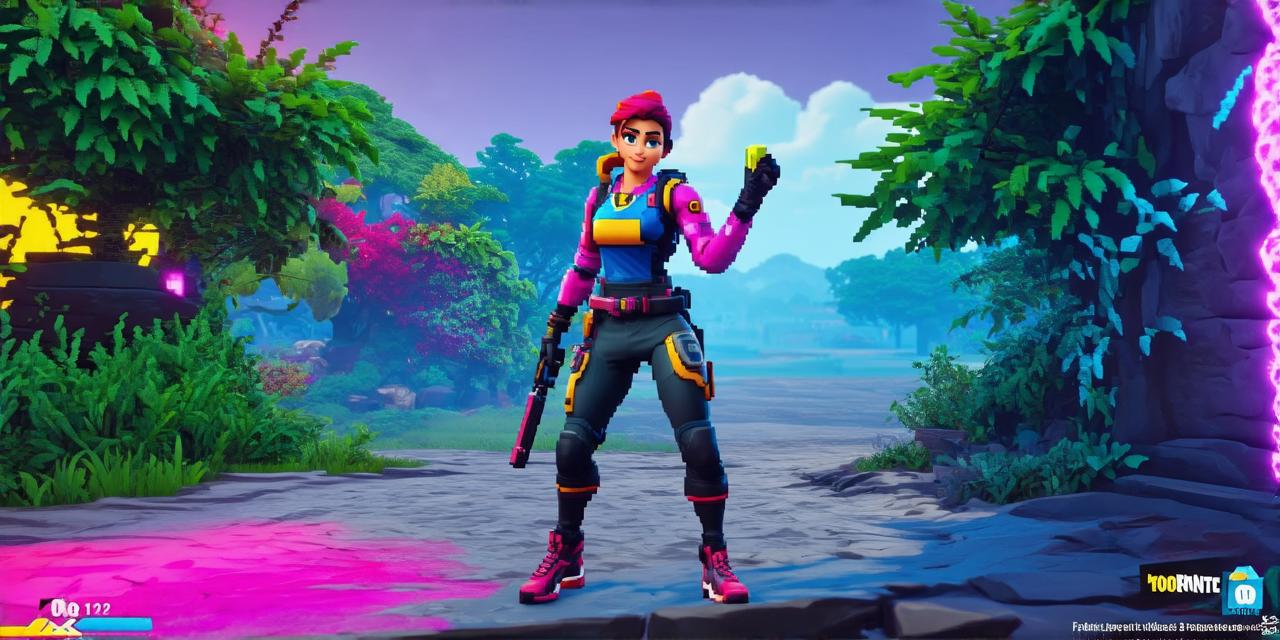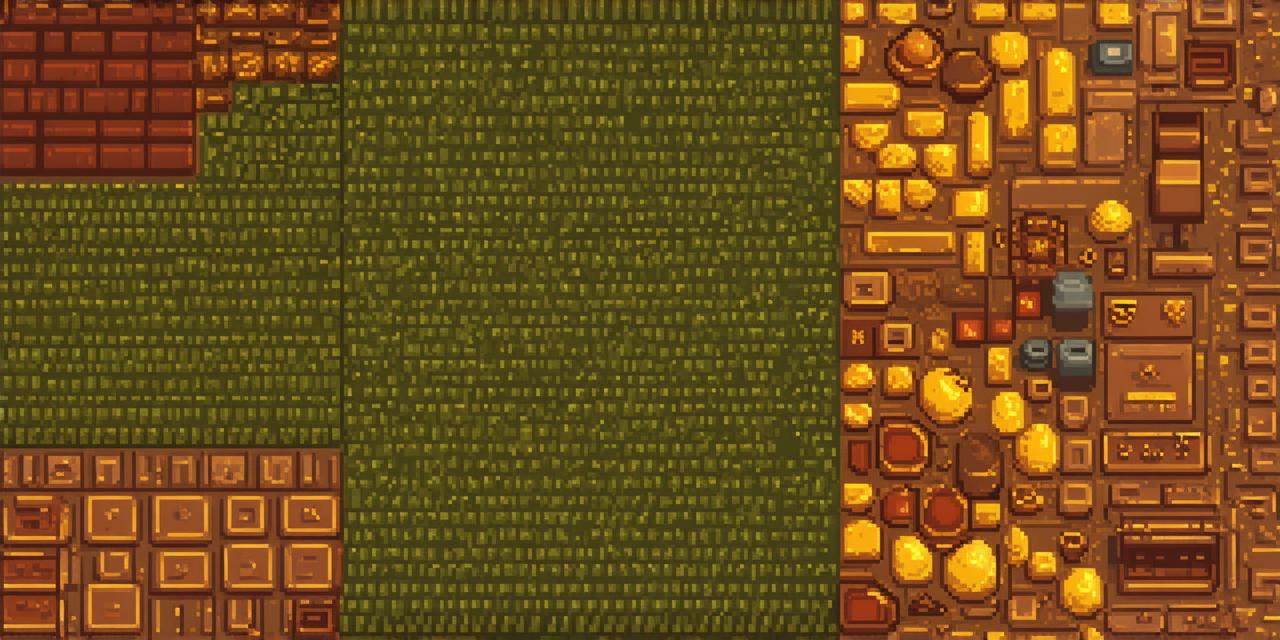Introduction
When it comes to game development, understanding code is essential. Whether you’re a beginner or an experienced programmer, knowing how to look at video game code can help you identify bugs, optimize performance, and improve overall gameplay.
Understanding the Basics of Video Game Code
Before you can start looking at video game code, it’s important to have a basic understanding of what it is and how it works. In general, video game code consists of several different components, including:
- Scripting languages: These are used to create the logic that drives the game, such as enemy behavior or player interactions. Examples include C, Lua, and Python.
- Graphics engines: These are responsible for rendering the game’s visuals, such as characters and environments. Examples include Unity and Unreal Engine.
- Game engines: These are used to create the overall structure of the game, including things like physics and networking. Examples include Unity and Unreal Engine.
Once you have a basic understanding of these components, you can start looking at specific pieces of code to gain a deeper insight into how they work.
Getting Started with Video Game Code Analysis
- Identify your goals: What do you want to achieve by analyzing the code? Are you looking for bugs, optimizing performance, or improving gameplay? Knowing your goals upfront will help you focus your efforts and make sure you’re using the right techniques.
- Choose a code editor: There are many different code editors available that can be used to analyze video game code. Some popular options include Visual Studio Code, Sublime Text, and Atom. Choose an editor that works well for you and has the features you need.
- Familiarize yourself with the codebase: Before diving into specific pieces of code, it’s important to get a high-level understanding of the codebase as a whole. This includes things like file structure, naming conventions, and common patterns.
- Identify key functions and variables: Once you have a general understanding of the codebase, start looking for specific functions and variables that are relevant to your goals. These could include things like game loops, player movement functions, or graphics rendering routines.
- Debug the code: When analyzing video game code, it’s often necessary to debug individual pieces of code to identify bugs or performance issues. This can involve setting breakpoints, stepping through code, and using tools like debuggers and profilers.
- Optimize the code: If you find areas of the code that are slow or inefficient, you may be able to optimize them to improve performance. This could involve things like reducing memory usage, minimizing CPU cycles, or improving network latency.
- Document your findings: As you analyze the code, it’s important to document your findings in a clear and concise manner. This could include things like adding comments to the code, creating bug reports, or writing technical documentation.

Real-Life Examples of Video Game Code Analysis
Case Study 1: Debugging a Bug in Unity’s Scripting Language
Suppose you’re working on a game built with Unity and you notice that a specific script is causing the game to crash. To debug this issue, you could follow these steps:
- Identify the problematic script and open it in your chosen code editor.
- Set breakpoints at key points in the script where you suspect the issue may be occurring.
- Run the game and step through the code using the debugger, checking variable values and function outputs as you go.
- Identify the source of the bug and make any necessary changes to the code to fix it.
- Test the game again to ensure that the issue has been resolved.
Case Study 2: Optimizing Performance in a Unreal Engine Game
Suppose you’re working on a game built with Unreal Engine and you notice that it’s running slowly, especially during certain scenes or levels. To optimize the performance of your game, you could follow these steps:
- Identify areas of the code where performance is likely to be an issue, such as heavy graphics rendering or complex physics calculations.
- Use profiling tools to identify any bottlenecks in your code that may be causing performance issues.
- Make any necessary changes to the code to optimize performance, such as reducing the number of objects being rendered or simplifying physics calculations.
- Test the game again to ensure that performance has been improved.



